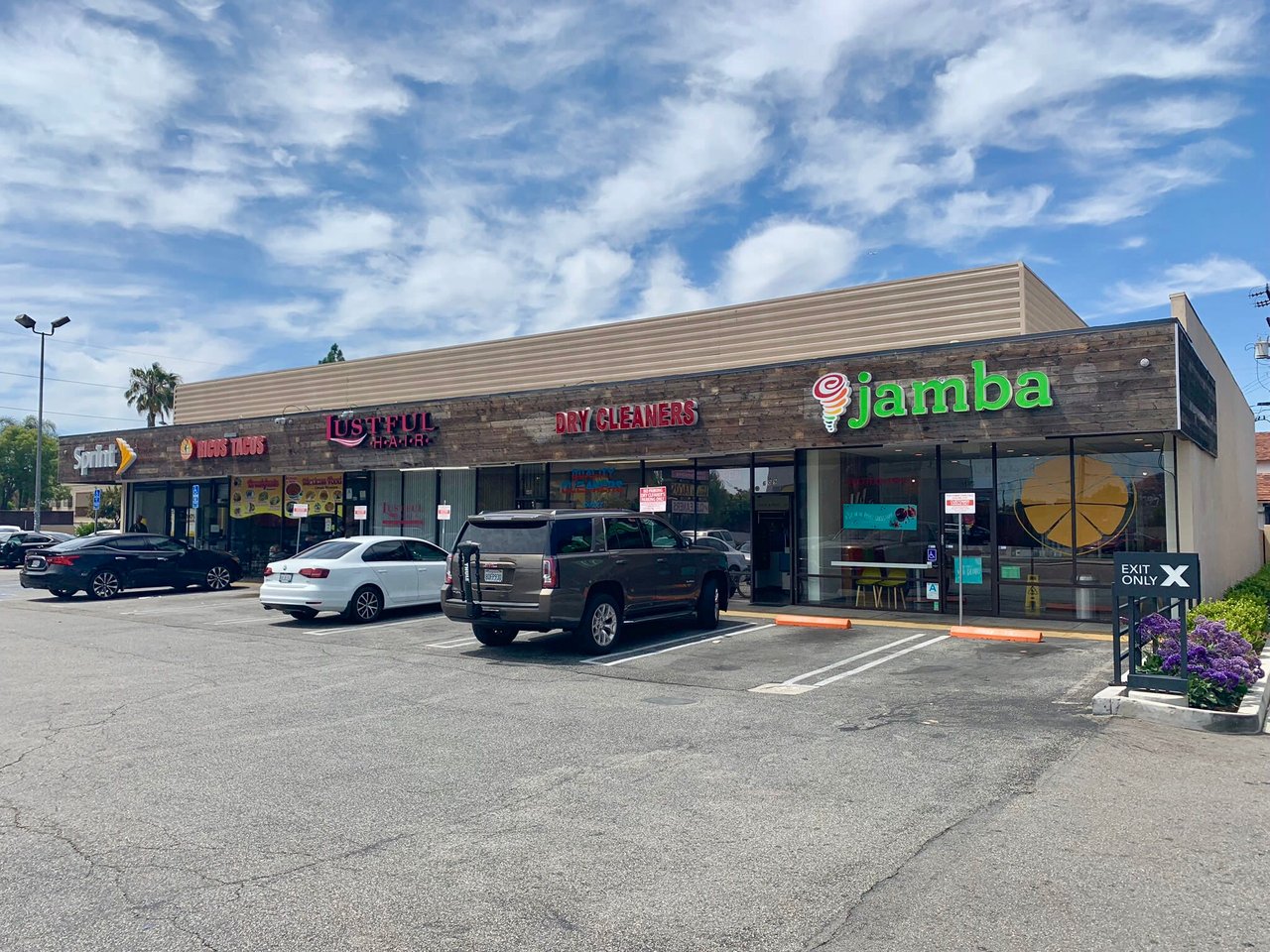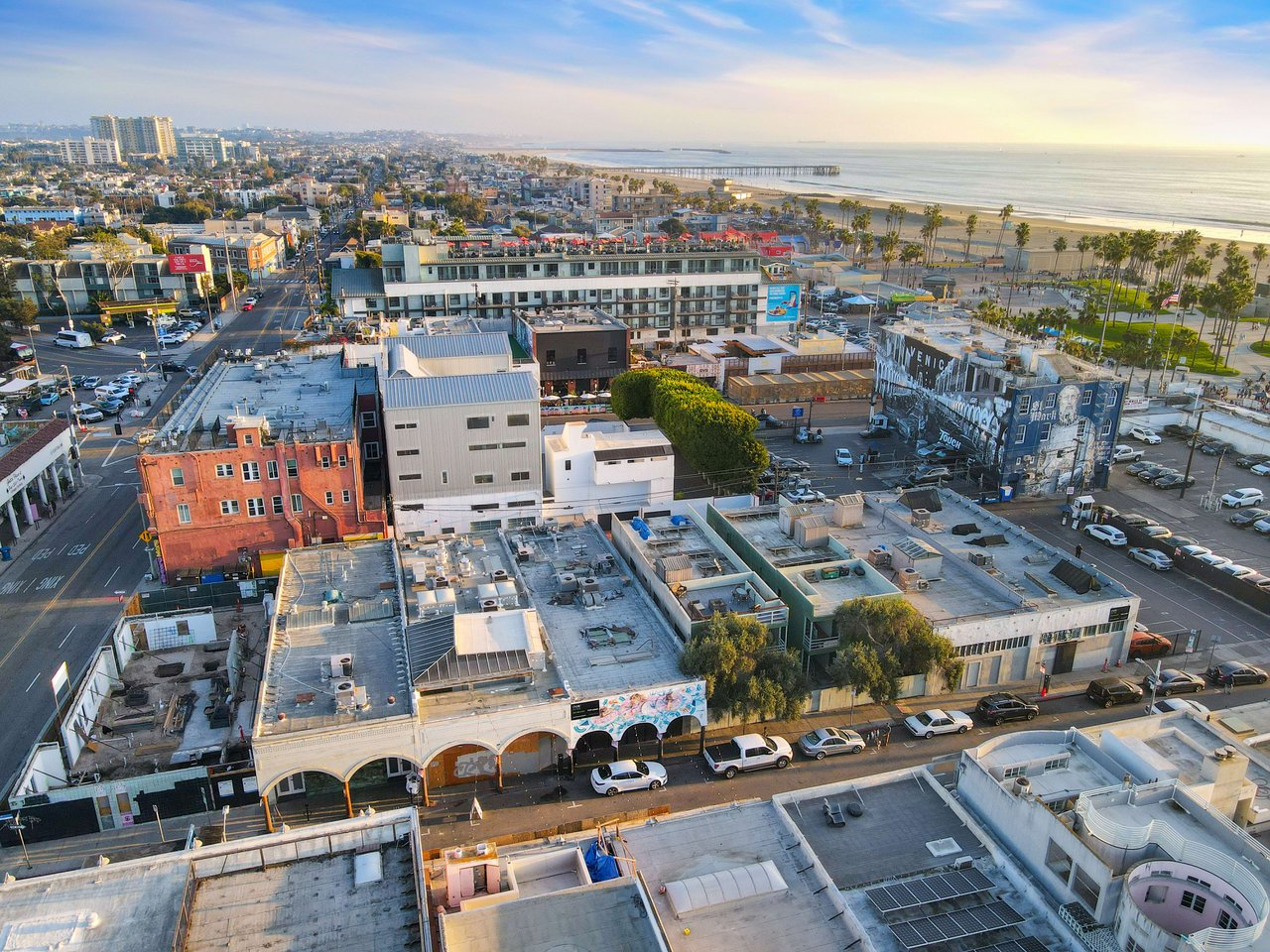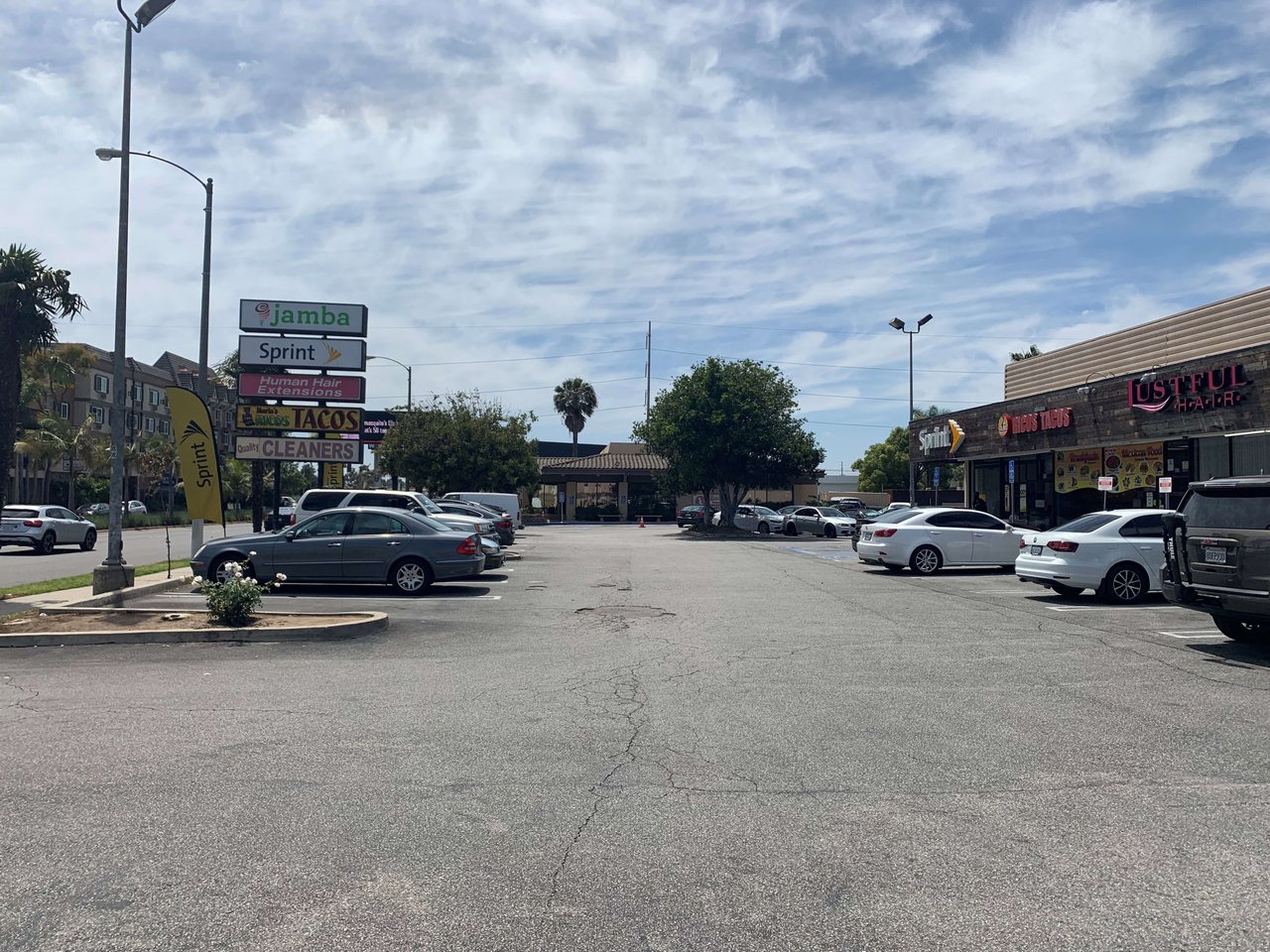
Data Courtesy of CoStar™


Space availability continues to loosen across the Los Angeles retail market, and demand formation has been among the weakest of major markets across the country. Net absorption has tallied -2.1 million SF during the past 12 months. Another 200,000 SF was added to the leasing market during 25Q2, when availability rose 10 basis points quarter over quarter and 50 basis points year over year. That has brought the availability rate to 6.3% during the third quarter, which has been trending at the highest local level in more than 10 years.
Availability has risen for mid-sized boxes between 10,000 SF and 25,000 SF. The rate has increased almost 100 basis points since the start of the year to its highest level in a decade, as national brands have filed for bankruptcy or have closed underperforming stores across the region. Joann, Party City and Rite Aid are among the retailers to announce closures this year in Los Angeles.
12 Mo Deliveries in SF
12 Mo Net Absorption in SF
Vacancy Rate
12 Mo Rent Growth
12 Mo Sale Volume

Some of the space left on the market has become increasingly stale. Almost 60% of the available space in Los Angeles has been available for more than one year, and the average length of vacancy for those spaces has been 16 months. Location, layout, and pricing have all played a role in limiting leasing among these less competitive spaces, which has created a shallower pool of competitive available space.
Supply-side pressure to rent growth or availability has been limited. Inventory has fallen by a net of -1.7 million over the past five years, and the pipeline only represents 0.1% of the region's existing stock. Only about 150,000 SF is available in the construction pipeline. One of the newest developments is The Ratkovich Company's redevelopment of West Harbor in San Pedro's Ports O' Call Village. The 250,000-SF development has roughly 40,000 SF available.
Leaner demand and weak consumption growth have impacted rents. Rent growth has measured -1.0% during the past 12 months, compared to 1.9% across the U.S. Among L.A.'s submarkets, some more suburban locations with lower availabilities still see modest year over year gains, whereas many Westside locations have seen rents fall. Over the past five years, rents have grown 8.9%. Last cycle, embedded rent growth between 2015 and 2019 tallied 13.5%.
The dynamics driving the Greater Los Angeles retail market's underperformance will likely persist for at least the near term. The forecast anticipates continued negative net space demand from retailers through 2026, although the pace of occupancy losses is expected to soften. Supply growth is expected to remain modest, preventing a greater rise in availability. Given this backdrop, rent growth going forward will likely trail national gains.
You’ve got questions and we can’t wait to answer them.